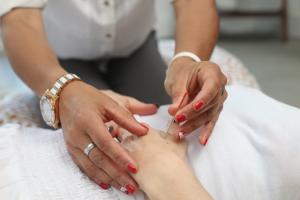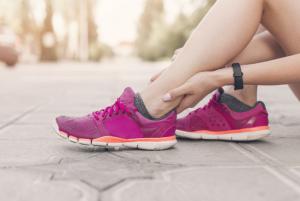It is normal to experience anxiety occasionally. You might experience a persistent, seemingly uncontrollable and overwhelming feeling. But when anxiety becomes a common thing and starts interfering with everyday situations, you might have a severe anxiety disorder.
Anxiety disorders can turn out to be a real and serious disorder if not treated at the earliest. If you are experiencing symptoms such as the feeling of tightness and heaviness in your chest, racing heartbeat, hyperventilation, or ...
Posted on 2019-04-26
The term ‘neurorehabilitation’ is gaining popularity across the globe. This management process is a type of treatment that focuses on countless neurological and physical problems with a combination of different treatments, therapies, and modalities. Let us look at why this rehabilitation model is considered to be ideal for a wide range of issues.
Ideal for a Wide Range of Conditions.
The most significant benefit of neurorehabilitation is that it can be an ideal solution t...
Posted on 2019-04-12
A broken ankle can be incredibly painful for any person. Pain is the worst enemy that makes it difficult during the long road of full recovery. One of the best choices to rehabilitate the fractured ankle is through physiotherapy. Here are some physiotherapy exercises that we have outlined to help you recover faster from a fractured ankle.
Towel Stretch.
- Sit on a hard surface (like the floor) with your injured leg stretched out in front of you.
- Loop a towel around your toes an...
Posted on 2019-04-05
Posted on 2019-04-03
Torticollis is a condition where the child’s head is tilted, and it is caused by the tightening of muscles of the neck, flattening of the back of the head, or both. This condition refers to tightening of sternocleidomastoid (SCM) muscle, i.e. the muscle that runs from the base of the neck, at the level of the collarbone, to the base of the skull behind the ear. The tightening pulls the head sideways towards the shoulder. As a result, the face is turned toward the opposite shoulder, ...
Posted on 2019-04-01





